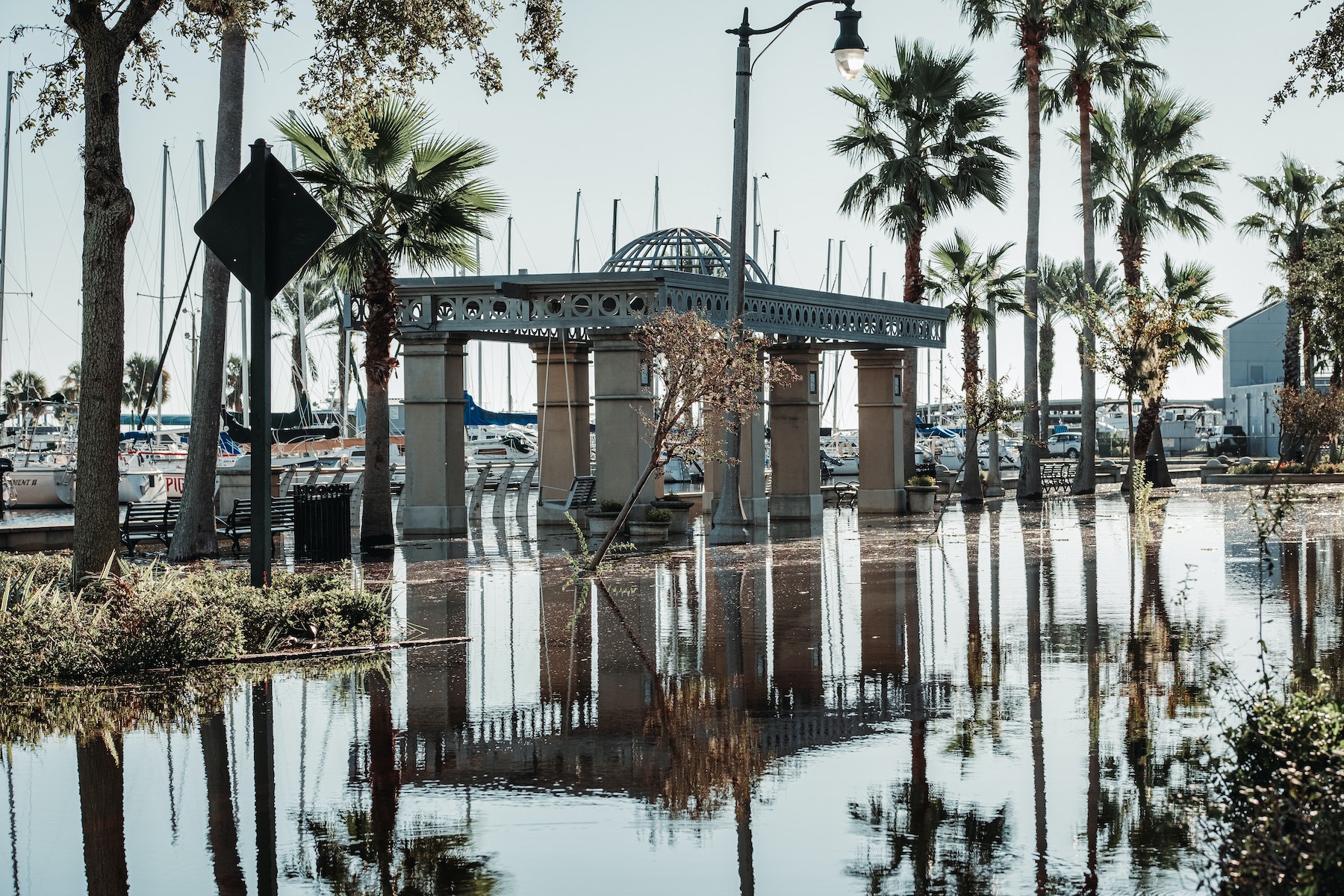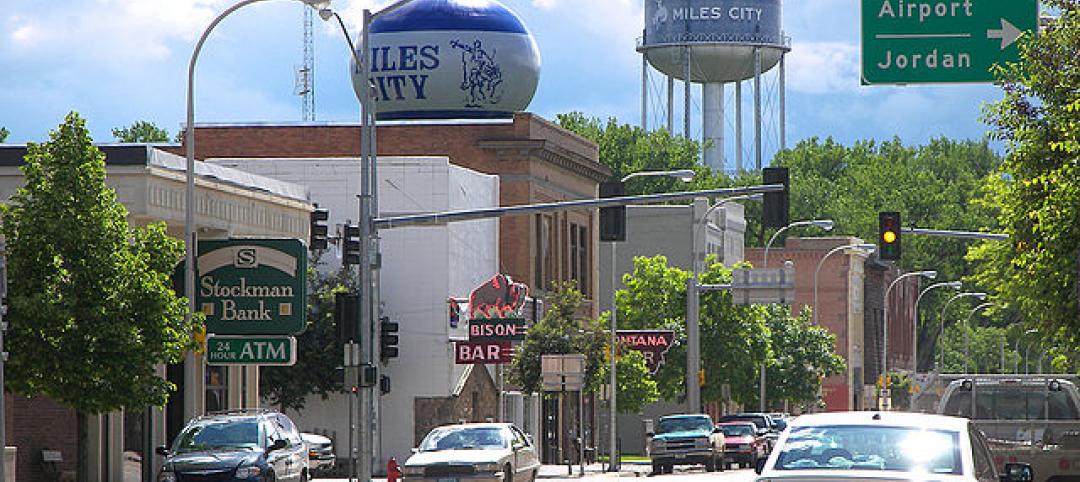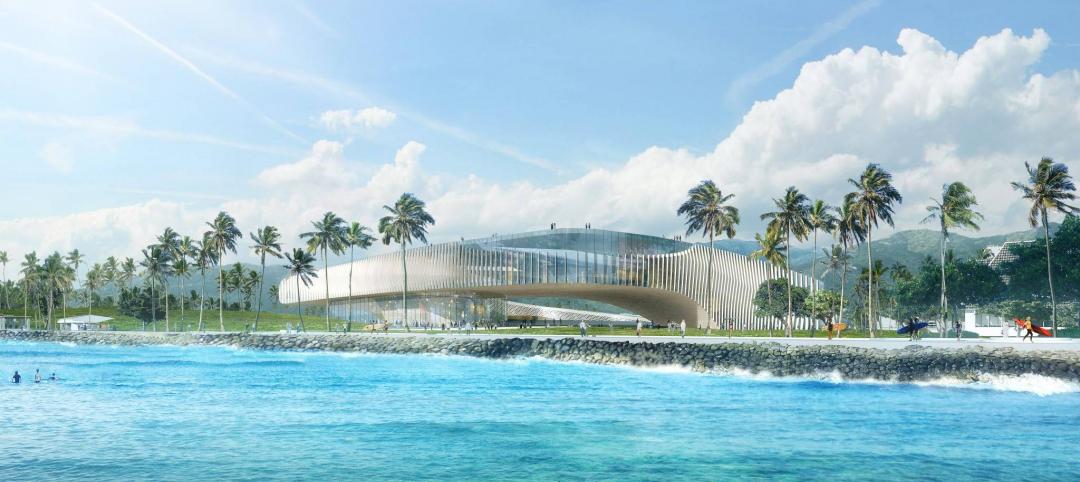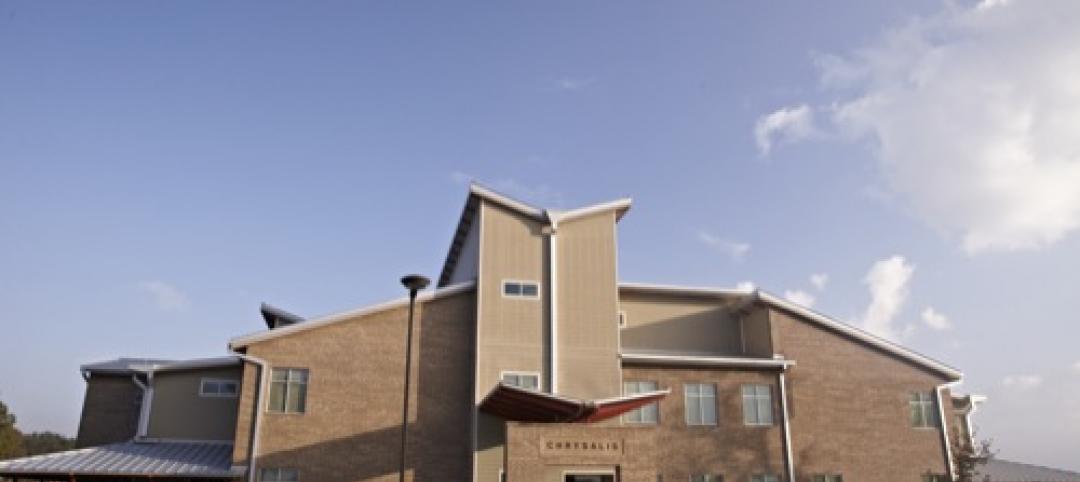A century ago, the southwest Florida coast was mostly swamps and shoals, prone to frequent flooding and almost impossible to navigate by boat.
Since then, real estate developers manipulated coastal and riverine ecosystems through dredging and filling to create valuable, buildable land. The results of their efforts created coastal communities that were home to more than 2 million people when Hurricane Ian struck.
Many of the homes in the region sit just a few feet from the ocean, surrounded by canals that flow to the Gulf of Mexico. The devastating storm’s 150-mile-per-hour winds and massive storm surge smashed hundreds of buildings to pieces, flooded houses, and tossed around boats and mobile homes. Vast portions of cities including Fort Myers and Port Charlotte were destroyed in a few hours.
The extensive land tracts formed by tearing out mangroves and draining swamps damaged natural wetland marshes that would have protected properties further inland from the storm surge. Thus, the damaging impacts of Hurricane Ian were catastrophic for a vast swath of southwest Florida.
Only three hurricanes had made landfall in the region since 1960, and none of them caused catastrophic flooding. Ian broke that streak, and those who rebuild in destroyed areas will continue to be at high risk from storms.
Related Stories
| Jan 9, 2015
Santiago Calatrava talks with BBC about St. Nicholas Church on Ground Zero
Calatrava reveals that he wanted to retain the “tiny home” feel of the original church building that was destroyed with the twin towers on 9/11.
Smart Buildings | Jan 7, 2015
NIBS report: Small commercial buildings offer huge energy efficiency retrofit opportunities
The report identifies several barriers to investment in such retrofits, such as the costs and complexity associated with relatively small loan sizes, and issues many small-building owners have in understanding and trusting predicted retrofit outcomes.
| Jan 7, 2015
University of Chicago releases proposed sites for Obama library bid
There are two proposed sites for the plan, both owned by the Chicago Park District in Chicago’s South Side, near the university’s campus in Hyde Park, according to the Chicago Sun-Times.
| Jan 7, 2015
4 audacious projects that could transform Houston
Converting the Astrodome to an urban farm and public park is one of the proposals on the table in Houston, according to news site Houston CultureMap.
| Jan 6, 2015
Snøhetta unveils design proposal of the Barack Obama Presidential Center Library for the University of Hawaii
The plan by Snøhetta and WCIT Architecture features a building that appears square from the outside, but opens at one corner into a rounded courtyard with a pool, Dezeen reports.
| Jan 2, 2015
S&ME to acquire Littlejohn
Companies plan to join forces, combining their strengths to create a leading engineering, design, planning, environmental and construction services firm.
| Dec 19, 2014
Zaha Hadid unveils dune-shaped HQ for Emirati environmental management company
Zaha Hadid Architects released designs for the new headquarters of Emirati environmental management company Bee’ah, revealing a structure that references the shape and motion of a sand dune.
| Dec 18, 2014
International Parking Institute and Green Parking Council collaborate with GBCI
The new collaboration recognizes importance of sustainable parking facility design and management to the built environment.
| Dec 17, 2014
USGBC announces 2014 Best of Green Schools honorees
Houston's Monarch School was named the K-12 school of the year, and Western Michigan University was honored as the top higher-ed institution, based on environmental programs and education efforts.
| Dec 17, 2014
ULI report looks at growing appeal of micro unit apartments
New research from the Urban Land Institute suggests that micro units have staying power as a housing type that appeals to urban dwellers in high-cost markets who are willing to trade space for improved affordability and proximity to downtown neighborhoods.















